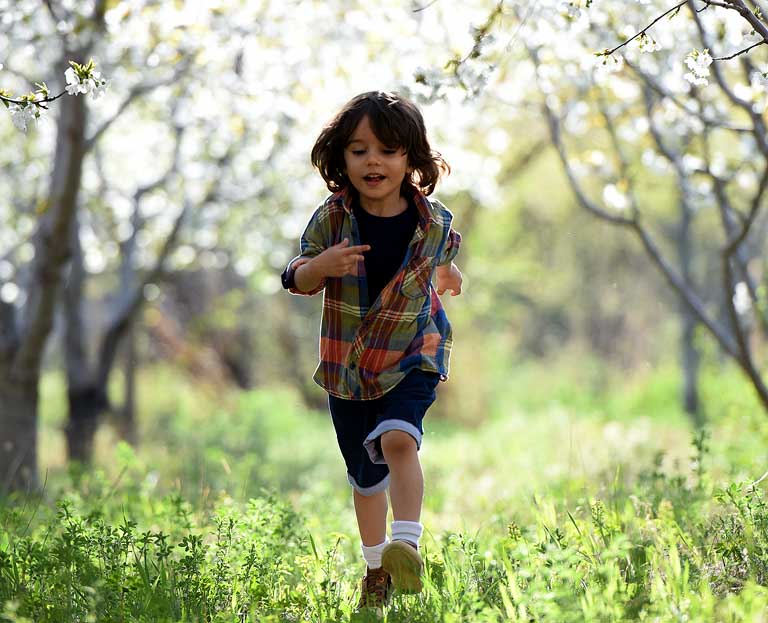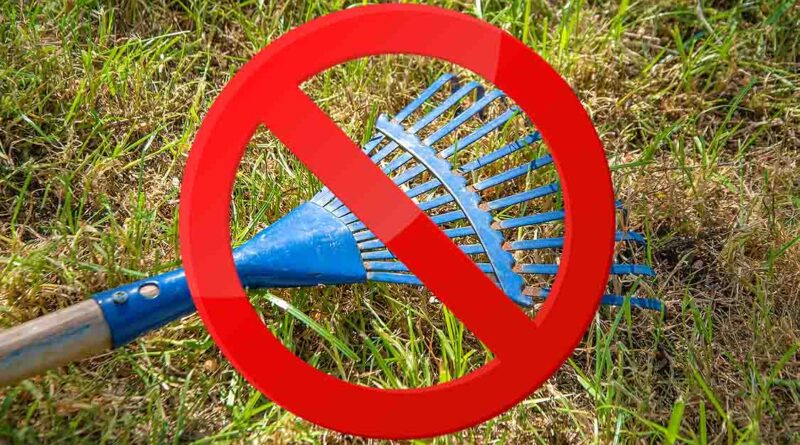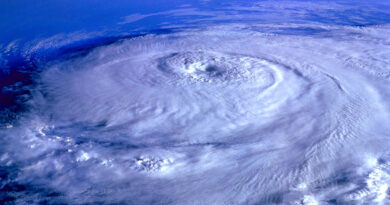Top 10 Reasons to Not Rake Your Lawn – Yet
By Susan McTavish
Spring is almost upon us. It will soon be common to see homeowners out tidying their yards, yard maintenance company trucks parked along streets, bug spraying and lawn chemical trucks, and of course many bags at the curb filled with raked leaves, twigs and other tidbits left after the snow melts.
Most of us do yard work automatically as a dutiful chore rather than an opportunity to connect with nature on a daily basis. Despite diminishing biodiversity and with our heads in the digital world most of the time, there is some good news – we can contribute to biodiversity and enhance our experience with nature simply by easing up on our pursuit of yard perfection until the end of May.
Nature itself is the best designer and a degree of untidiness is critical for maintaining biodiversity as well for providing connection to other species.
Here are the top ten reasons why you shouldn’t rake your lawn yet.
10 Let The Little Creatures Live
There are many small creatures overwintering under fallen leaves, dried weeds, twigs etc. Some species of butterflies (e.g. mourning cloak), bees, and many other creatures depend on the protective cover and warmth of fallen leaves in order to survive until temperatures have risen. Some don’t emerge until as late as May. Most of our native bees don’t live in hives like imported honeybees do. Instead they nestle into fallen debris. They will die if exposed to cold temperatures or raked up into litter bags. Even during warmer months, worms and other essential creatures can be found hiding under such cover.
9 Let Birds Have First Crack At That Stuff for Their Nests

Birds, and many small critters depend on yard debris to build their nests. Twigs, leaves, grasses and weeds, are all woven into uniquely designed nests for laying eggs or giving birth. There can be great joy knowing you’ve contributed to new life as well have the added pleasure of having a bird nest on your property.
8 You Can Be Respectful Of Neighbourhood Expectations And Still Help Biodiversity.
When it comes to leaving yards natural we still need to answer to bylaws and neighbourly etiquette. This can differ greatly where some neighbourhoods are filled with weeds and debris as a joyful contribution to natural beauty and an artsy atmosphere, while others expect more manicured and controlled perfection. If one fits the latter category, you can still designate natural patches or zones around the yard and combine those with more manicured areas. It doesn’t need to be all or nothing.
7 Less Work For You
Easing up on yard perfection means saving time and money. So much effort is used removing weeds, filling waste bags, striving for a perfect monoculture lawn, applying fertilizers, bug sprays, weed killers and etc. But, the desire for a perfect lawn is a relatively recent phenomenon in Canada.
When I grew up in a small city in the early 60s. Dad had a set of yard design and maintenance guidebooks for perfectly maintained yards. He’d spend all his spare hours fussing over the yard. Every house on the street had its perfect rectangle of green grass and just beyond them were natural fields teaming with wildlife and beautiful flowering ‘weeds’. There was a time when most homes were simply surrounded by meadows without their own carpet of perfection. Some of those homes still exist in rural settings but many have been also been overcome by the perfect green patch virus. Yard perfection has become a massive industry, from lawnmowers to chemical sprays, to maintenance companies, to exterminators and to easy grow, bug free plant cultivars.
Recently many people are turning their back on this yard craziness and going back to the old ways. You can too. It would be a godsend for biodiversity.
6 Appreciating Nature And Learning/Connecting

There are a whole lot of amazing things that happen when nature is left to do its own thing. When areas are left natural, there are things to discover – whether its ant colonies, critter nests, bugs under twigs, worms and salamanders under wet leaves, birds feeding, or spiders trapping bugs in their webs. It’s endless.
Children and adults can learn about the cycle of life. They can feel, smell and observe. These kinds of experiences can’t be had in perfectly controlled yards. A connection to the earth and other creatures is essential if we want next generations to have empathy toward the planet. This is something to experience on a daily basis in one’s own yard. There are also books that encourage children, or the child in all of us, what we might look for.
5 Creating
You can do a lot of great arty and crafty things with yard debris and yard diversity. Baskets and art can be made from pine needles, collages made from twigs and grasses, or make pressed leaf patterns. You can photograph nature’s patterns and little creatures. Whether adult or child there are many opportunities for artistic expression using yard debris and it’s a great way for children and adults to share.
4 Helping Out, The Bigger Picture
There’s a movement happening called We Are The Ark, named by Mary Reynolds, an ex-landscape designer from Ireland. She realized nature is a better designer than we can ever be when it comes to biodiversity. The idea is each of us can create our own ark of biodiversity by letting nature do its own thing – fallen leaves and all. If enough homes have healthy, biodiverse, plots of land, then the sum of these can help create a network that can, in turn, help our planet. This is critical for replacing what we are losing because of development, industrial agriculture, and etc.
3 Healthy Soil And You
Yard litter eventually returns nutrients to the soil. It also supports microorganisms and fungi in addition to insects that help the breakdown cycle. Too often we remove dead twigs, trunks, dried weeds, and leaves not realizing they are important in supporting good soil as they decay, while providing food and housing for many creatures along the way. Later in spring leaves can be broken up for mulch rather than buying the more sterile and expensive store varieties. Soil should be teaming with beneficial bacteria, micro-organisms, and worms that contribute to healthy earth and biodiversity.
Too often sprays are being used to kill bugs and weeds that are judged as being undesirable when in fact, any spraying disrupts the cycle and in turn affects the chain of life surrounding it. You can help a great deal as well save money avoiding chemicals and allowing natural decomposition.
2 Less Waste For The City To Pick Up
You’ll save money on paper yard bags and contribute to lower manhours and emissions from trucks on the City’s part.
1 Mindfulness And Meditation (You Deserve A Break Today)
OK, this may sound a bit flaky to some, but there is something very meaningful at a deeper level, when experiencing nature doing its own thing; just by observing and without judgment. With the endless hours we spend on computers and in artificially lit sterile work spaces, spending time in one’s yard and just observing, listening, smelling, touching, can get one grounded and in touch with life outside of ourselves. Even observing the breakdown of a leaf over time, can give a sense that all things change at all times and that trying to keep things exactly the same and perfect is futile.
(Images Supplied)

Susan McTavish has a degree in landscape architecture from the University of Guelph, a museum designer and accomplished artist, she does what she can to save birds and bees, and the insects and plants sustaining them, especially the birds.




